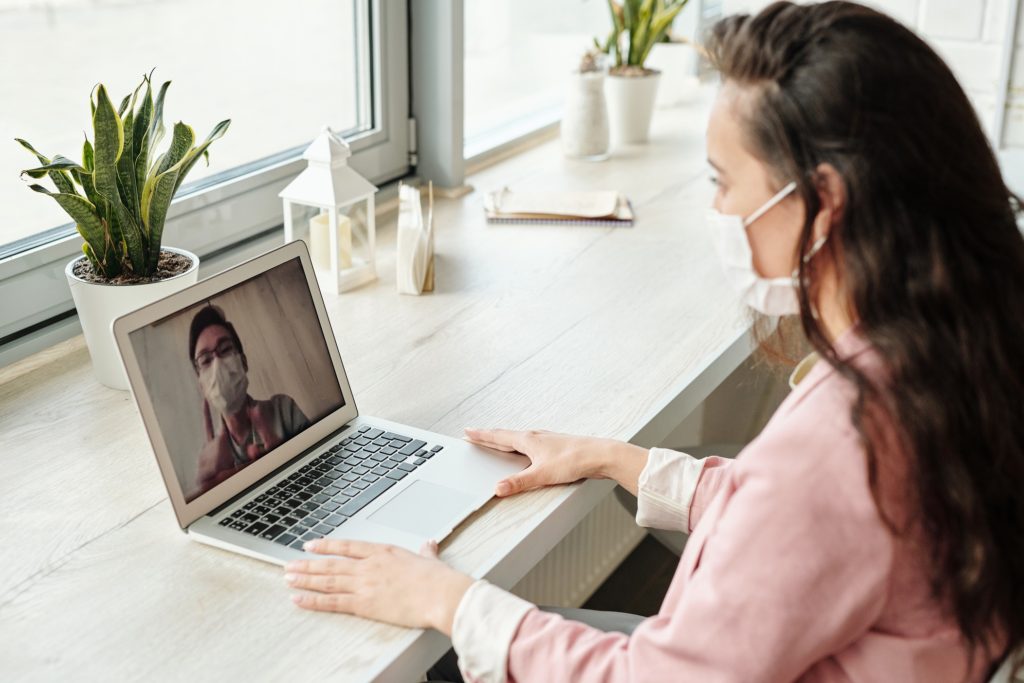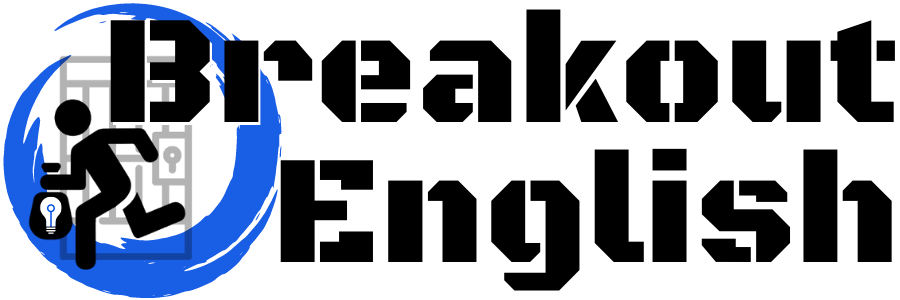If you’ve been a English teacher during 2020, you’ve almost certainly had your profession turned upside down and found yourself teaching online. After months of online teaching, what was at first a scary journey into the unknown has become a comfortable method for many. That doesn’t stop many students and teachers alike from lamenting the loss of face-to-face teaching and yearning for the return to the classroom.

Contents
Phase 1 – Forced online
On Friday 13th of March 2020, the Spanish government had already announced that public schools would be closed the following week. By Sunday 15th of March an official state of alarm had been announced nationwide. Working at a language school meant that we followed suit. The government had announced a complete lockdown of the country with every business not deemed essential being forced to close.
This left our language school in Seville with only one option, moving our classes online. In a monumental effort by the entire staff, adult classes went online the same Monday while young learners waited until Wednesday.
In that weekend in between, teachers had to figure out what Zoom was, how to create a class link, the intricacies of breakout rooms (great name by the way) and, on top of that, plan classes that had suddenly lost all the standards, systems and expectations that many had been using for decades.
Moving online was a rush. It came in like Miley Cirus on a wrecking ball. Those first couple of weeks were manic, but also rewarding. There was a spirit of collaboration which helped everything happen as smoothly as anyone could hope for. Despite being shocking and horrible what was going on in the world around us, it would be easy to keep up this online gig for a few weeks to a month, we thought.
Phase 2 – The lockdown extends
In Spain the lockdown was extended every two weeks. And every two weeks people realised little by little that this virus wasn’t going anywhere fast. With it, online teaching was here to stay.
The rush, adrenaline and manic nature of it all began to diminish. Virtual staff rooms and get-togethers became a burden rather than a unique concept. Little by little, solidarity turned into loneliness and every one of us experienced the isolation that comes from teaching online with essentially no school as a base.
Teaching is a curious profession because despite being surrounded by colleagues and peers, it’s often an individual and independent experience. Once you leave the teachers’ room, you’re all by yourself. This feeling would only be amplified by online teaching, where days, weeks and months could go by with little to no naturally occurring interaction with your coworkers.
Despite this, the concept of online teaching continued to intrigue. There was a boom of training, materials and extras being offered by publishers, organisations and schools. The spirit of collaboration was forced upon us and teaching became a learning experience once again, even for those who had been experts for years.
It became an opportunity for many to progress with their own professional development. Whether a new teacher or one who had been teaching all their life, everyone was engaged in the process of discovering how to produce and deliver the perfect online class.
Phase 3 – Reality sinks in
It wasn’t until after almost two months of lockdown that I personally realised that this was here to stay. I remember saying confidently to my peers, we’ll see how we deal with end-of-term exams once we’re back at school. As you can imagine, that never happened.
What started as online teaching turned into online life. Looking back, I’m not sure when the moment was that online life became normal. It was somewhere in between realising that I wouldn’t see me coworkers in person for an entire term and planning for whether summer courses would be online or not.
In between all this, family life also continued. Children and relationships were put to the test. Every day became a chore to keep on going without the chance to leave the house. And if it was happening to us, it was happening to our peers and our students too.
This is where the grind began. It wasn’t novel anymore. It wasn’t a fun test of your abilities as a teacher. It wasn’t an experiment like when you pick something up at a teacher’s conference and decide to give it a go because “what the hell, why not”. It was reality. And you knew it would continue to be so for the rest of the academic year.
Phase 4 – The beginning of the end
Once Spain’s deescalation plan was announced, the light at the end of the tunnel slowly but surely got closer. The tunnel had been long and dark, but now there was this idea that things would move on and next year would actually happen in some form or another.
Even though we are now officially in a new normality, the form that next academic year will take is still on everyone’s mind. Last academic year fizzled out in a blur of online exams and admin. Summer is doing it’s usual thing of being a rushed, yet often satisfying anomaly in between the real school year.
As I write this, there still haven’t been any truly definite plans announced regarding public schools for the upcoming academic year in Andalusia. Language schools are all plodding away making their own plans, but doing so in a cloud of uncertainty. For all intents and purposes, we’ll be back in the classroom in September, but covid and our students might have other feelings about that.
For now, the best we can do is keep an open mind. Maybe we’ll go back to the classroom, with masks on, and be able to teach in a way resembling what we used to. Do we remember how to do that? Maybe we’ll be forced back online and all of us will once again find ourselves balancing work and home life. Would that be easier this time around? Maybe we’ll find a balance of hybrid face-to-face and online classes, leading us once again into an unknown teaching area. Is that a bad thing?
Whatever happens, I for one am going to try to approach it as an adventure. None of us planned for this. None of us wanted this. But I’ll be damned if I’m going to let it beat me.
Good luck to all of you.

